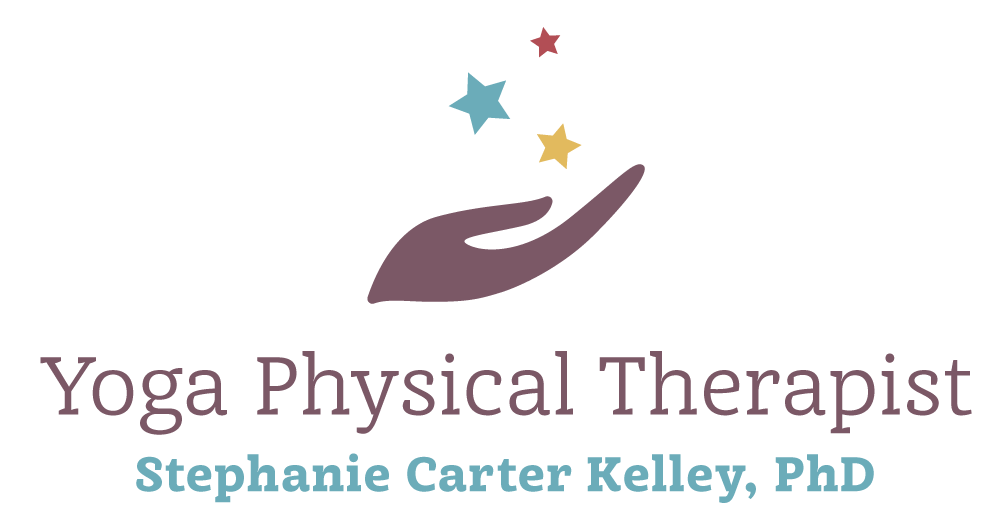My son recently read about the Apollo 13 mission. His enthusiasm inspired the family to watch the movie that came out in 1995. What a great cast of male actors: Hanks, Paxton (RIP), Bacon, Sinise, and Harris!
As a review of Apollo 13, this was supposed to be another moon walk mission, but an early explosion turned exploration into survival. At one point, the crew had to turn off all power in the Command Module. Mission Control then had to figure out how to get enough power to turn everything back on and get the crew back into the atmosphere for a safe landing. An astronaut on the ground played by Gary Sinise simulated "powering up" the Command Module and each time the amp meter would go over the red line and set off an alarm. He finally figured out how to draw power from the Lunar Module, which would be left in space, to obtain adequate power in the Command Module. After many suspense-filled moments, the astronauts returned home safe and healthy.
This got me thinking that HEALTH is really about managing your energy.
Our brain is the Command Module from which many things draw power. You can think of any stress (positive and negative) as taking energy away from the Command Module. The loss of HEALTH is sending the meter near or into the red zone over and over again.
So how do we restore energy to insure that we keep adequate power levels?
Sleep: I am amazed at how many of my Facebook friends don't sleep. Some just admit that they had a sleepless night, but others are posting into the late hours of the night and wee hours of the morning. I know that we have an epidemic of poor sleep habits. You can just google sleep and find guidelines for optimal sleep, both in the quantity and quality of sleep. But first you must believe that sleep really matters. Only when you believe that it is important will you structure a process around bedtime to make sure you are getting enough sleep to restore your energy.
Diet: Some foods deplete our energy while others restore our energy. In other words, you can consume empty calories or you can consume foods that have high nutritional value. You've heard it all before: whole grains, lean protein, fruits and vegetables rich in vitamins, minerals and anti-oxidants, and also healthy fats. Sugar, processed foods, and saturated fats may give you a quick boost only to create system failure later. Another PT (http://www.drjoetatta.com/ among many others) interested in Healing Pain, believes that the first step is healing your gut with a change in diet.
Physical Activity: I believe that we can exercise too much. And too much exhausting exercise will further deplete you of energy. On the other hand, the right intensity of exercise can energize you. I have folks coming into my evening yoga classes tired and depleted and leaving saying they feel energized. The key after any exercise session is to ask "how do I feel?". If energized that you have found the right amount.
Rest: Maybe the key to being energized after yoga is the 10-15 minutes that I lead folks in "savasana" or relaxation pose. Being awake but at rest allows our mind to consciously re-energize. We can consciously release worry, mental tension, and regret. This is just like brushing our teeth or dental hygiene. This cleansing for the for the brain it is mental hygiene. You can achieve a little mental hygiene throughout the day by just taking 3-10 deep breaths.
Play: Every person has hobbies or activities that they like to do which gives them their "zen" time. For you it might be spending time with family, playing golf, riding a motorcycle, crafting, etc. If you have let go of time to play, then you have let go of another source of energy restoration.
All of these ways to restore energy are much like how the Apollo 13 astronauts drew energy from the Lunar Module. But who or what represents Mission Control?
For me, Mission Control is that deep inner voice, aka the spirit or soul, that guides me home. It provides me comfort and a sense of knowing what is right for me, my family and my community. I can only hear that voice when I make room for quiet and stillness. I hope you take some time to both restore your energy and listen to Mission Control.
Namaste,
Stephanie






